-
×
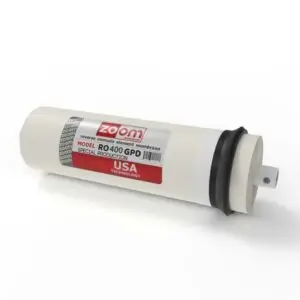 Zoom 400-Gallon RO Cartridge
15,0 ر.ع.
Zoom 400-Gallon RO Cartridge
15,0 ر.ع. -
×
 400 gallon plasma pump
25,0 ر.ع.
400 gallon plasma pump
25,0 ر.ع.
Automatic Shut Off Valve in Reverse Osmosis Systems
3,0 ر.ع.
The automatic shut off valve in reverse osmosis systems is an essential component that automatically stops the water flow when the storage tank is full. It helps conserve water and protects other components from excessive pressure, extending the system’s lifespan. It also reduces energy consumption and improves system efficiency. The valve operates automatically without the need for manual intervention, providing convenience for the user and enhancing the system’s effectiveness in water purification.
Category: SPARE PARTS
Tags: Reverse Osmosis Filter, RO System, spare parts, Water Filter, Water Purifier
Automatic Shut Off Valve in Reverse Osmosis Systems
The automatic shut off valve is one of the essential components in reverse osmosis (RO) systems, as it enhances system efficiency and reduces water consumption. This valve relies on a smart mechanism that responds to water pressure within the system to ensure optimal operation while conserving water and energy.
Valve Function and How It Works The automatic shut off valve automatically cuts off the water flow when the storage tank in the reverse osmosis system is full. When the tank reaches its maximum capacity, the pressure inside rises, and the valve reacts to this pressure to stop the water flow into the system. Once the water is consumed from the tank and the pressure drops, the valve automatically opens the water flow again to refill the tank.
Importance of the Automatic Shut Off Valve
- Water Conservation: It reduces waste by preventing unnecessary water flow when the tank is full.
- Component Protection: It reduces unnecessary pressure on membranes and other components, extending their lifespan.
- Energy Efficiency: It helps reduce energy consumption associated with pumping water into the system.
- Ease of Use: It provides convenience for the user as it operates automatically without the need for manual intervention.
Maintenance To maintain the efficiency of the automatic shut off valve, it should be regularly checked for leaks or faults. If issues occur, such as water flow not stopping when the tank is full, it may be necessary to replace the valve or inspect the entire system.
FAQs
What is the function of the Automatic Shut Off Valve in RO systems?
Function of the Automatic Shut-Off Valve (ASO) in RO Systems
The Automatic Shut-Off Valve (ASO) in a Reverse Osmosis (RO) system is a small but essential component that helps conserve water by stopping the flow of water to the drain when the storage tank is full.
🔧 How Does the ASO Valve Work?
-
RO System in Operation:
- When the storage tank is empty or low, the ASO valve stays open.
- Water flows through the RO membrane, producing purified water and sending wastewater to the drain.
-
Storage Tank Fills Up:
- As the pressure inside the tank increases (typically around 60% of the feed water pressure), the ASO valve detects this.
- The ASO valve closes, stopping water from entering the membrane and preventing unnecessary wastewater flow.
-
Water is Used from the Tank:
- When you dispense water, the pressure in the storage tank drops.
- The ASO valve reopens, allowing water to flow back into the RO membrane, starting the filtration process again.
🌟 Benefits of the ASO Valve
✔ Prevents Continuous Water Waste – Stops water flow when the tank is full, reducing excess wastewater.
✔ Extends the Life of the RO Membrane – Reduces unnecessary filtration cycles.
✔ Improves Efficiency – Ensures the system only runs when needed.
✔ Reduces Pump Workload – If your system has a booster pump, the ASO helps regulate its operation.
🚰 Signs of a Faulty ASO Valve
🔻 RO system runs continuously (water keeps going to the drain even when the tank is full).
🔻 Low water pressure at the faucet (ASO may not be opening properly).
🔻 Storage tank not filling properly (ASO may be stuck closed).
How does the Automatic Shut Off Valve work?
How the Automatic Shut-Off Valve (ASO) Works in an RO System
The Automatic Shut-Off Valve (ASO) is a key component in a reverse osmosis (RO) system that helps conserve water by stopping the flow of water when the storage tank is full.
🔧 Step-by-Step Working Mechanism of the ASO Valve
The ASO valve operates based on water pressure from the storage tank:
1️⃣ When the Storage Tank is Empty or Low
- The tank pressure is low, so the ASO valve remains open.
- Water flows from the incoming feed line through the pre-filters, passes through the RO membrane, and starts filling the storage tank.
- At the same time, wastewater (reject water) flows out to the drain.
2️⃣ As the Storage Tank Fills
- The purified water fills the storage tank, increasing its pressure.
- Once the tank reaches about 60% of the feed water pressure, the ASO valve senses the increase in pressure.
3️⃣ When the Tank is Full
- When the tank pressure matches around 60% of the incoming feed water pressure, the ASO closes the flow of water to the RO membrane.
- This stops both purified water production and wastewater flow, preventing unnecessary water waste.
4️⃣ When You Dispense Water
- As soon as you use water from the tank (e.g., from a faucet or refrigerator), the tank pressure drops.
- The ASO valve opens again, allowing new water to flow through the RO system and continue the filtration process.
🌟 Benefits of the ASO Valve
✔ Prevents Water Waste – Stops excess water from going to the drain when the tank is full.
✔ Increases Efficiency – The RO system only runs when needed.
✔ Extends Membrane Life – Reduces unnecessary water flow through the membrane.
✔ Reduces Pump Usage – If your system has a booster pump, the ASO helps regulate its operation.
🚨 Signs of a Faulty ASO Valve
🔻 System runs continuously – Water keeps flowing to the drain even when the tank is full.
🔻 Low faucet pressure – ASO valve may be stuck closed, restricting water flow.
🔻 Tank not filling properly – ASO valve may be stuck open, causing continuous drain flow.
Why is the Automatic Shut Off Valve important?
Why is the Automatic Shut-Off Valve (ASO) Important in an RO System?
The Automatic Shut-Off Valve (ASO) is a crucial component in a reverse osmosis (RO) system because it helps conserve water, improve efficiency, and protect system components.
🔹 Key Reasons the ASO Valve is Important
1️⃣ Saves Water (Prevents Continuous Wastewater Flow)
Without an ASO valve, an RO system would continuously send water to the drain, even when the storage tank is full. This leads to wasted water and higher water bills.
🔹 The ASO valve stops wastewater flow when the tank is full, reducing unnecessary water waste.
2️⃣ Extends the Life of the RO Membrane
RO membranes work by forcing water through a semi-permeable membrane under pressure. If water flows continuously, the membrane will wear out faster.
🔹 The ASO reduces membrane workload, helping it last longer and perform efficiently.
3️⃣ Improves System Efficiency
Without an ASO valve, the system keeps running non-stop, even when no water is needed. This results in:
✔ Increased wear on filters and the membrane
✔ Higher energy consumption (if a booster pump is used)
✔ Faster depletion of filter life
🔹 The ASO ensures the system only runs when necessary, improving efficiency.
4️⃣ Reduces Load on the Booster Pump (if applicable)
If your RO system has a booster pump, an ASO valve helps prevent the pump from running continuously.
🔹 This protects the pump from overuse and overheating, extending its lifespan.
🚨 What Happens If There’s No ASO Valve?
❌ Water continuously flows to the drain, increasing water waste.
❌ The RO membrane works harder, reducing its lifespan.
❌ The storage tank may overfill, leading to system inefficiency.
❌ Higher water bills due to unnecessary waste.
🚰 Final Thoughts
The ASO valve is a simple but essential part of any RO system, ensuring the system runs efficiently, saves water, and protects key components.
🔹 If your RO system runs non-stop or has excessive drain flow, your ASO valve may be faulty and need replacement.
Only logged in customers who have purchased this product may leave a review.


 العربية
العربية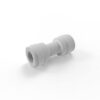
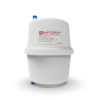
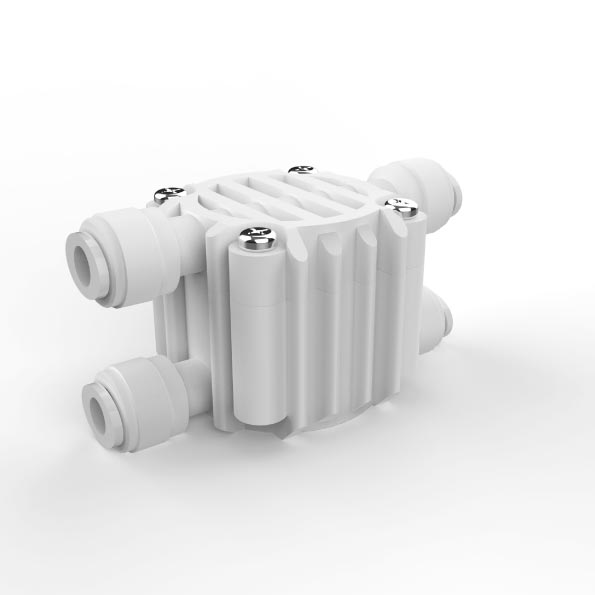
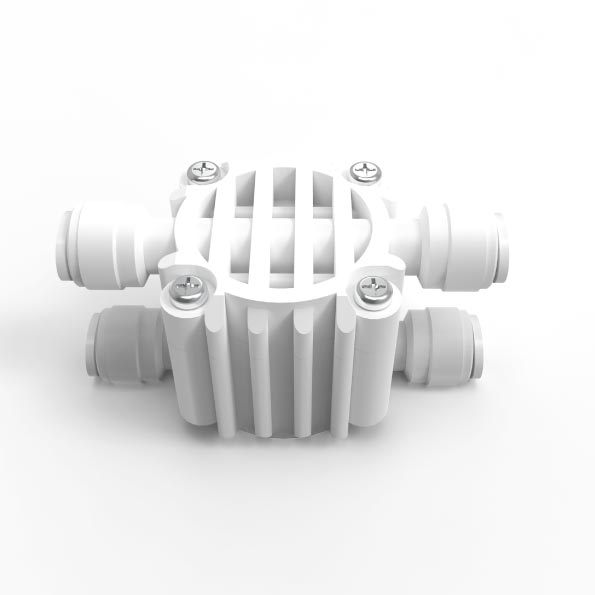
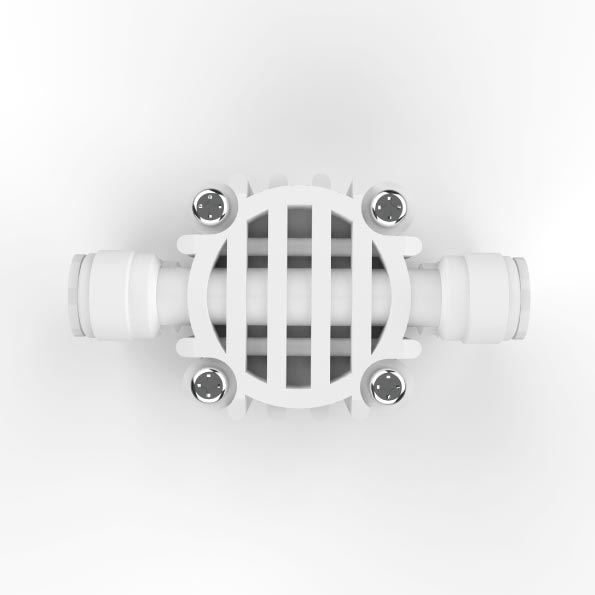
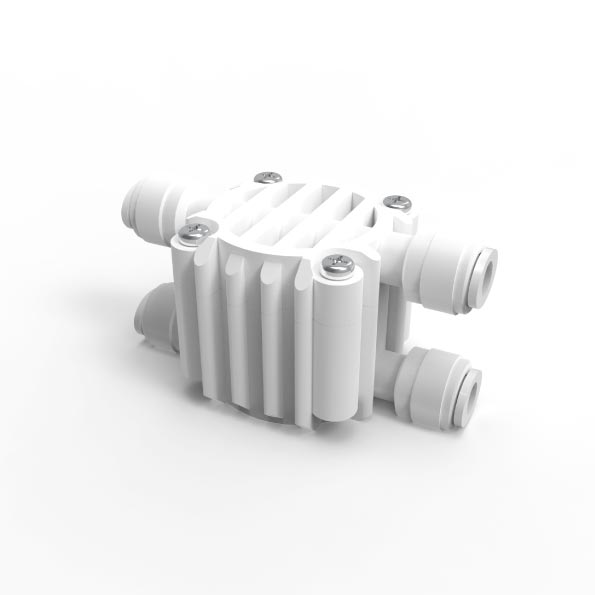
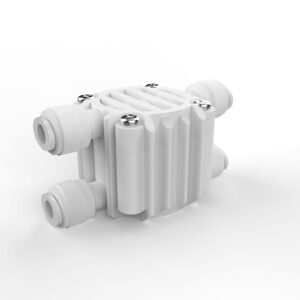
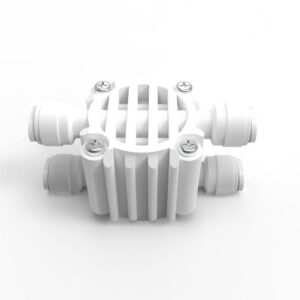
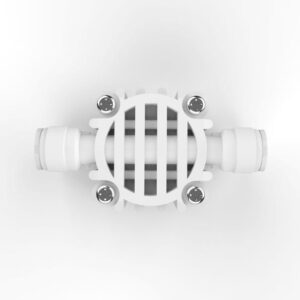
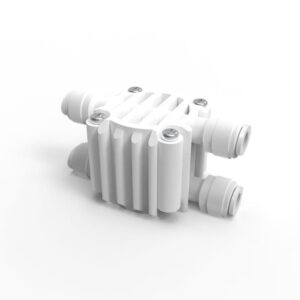


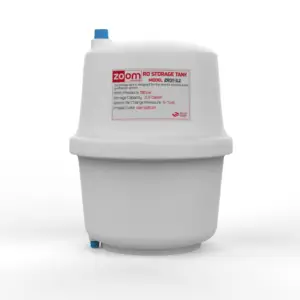
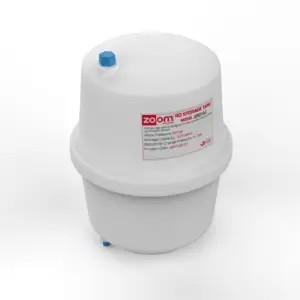




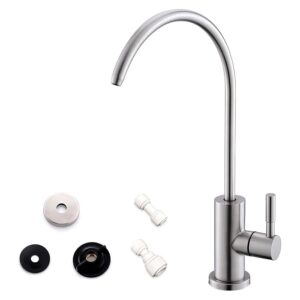
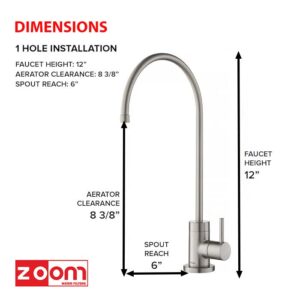

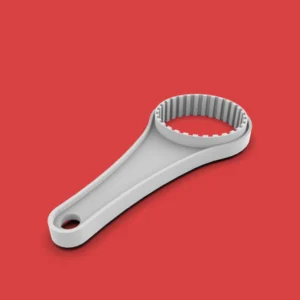
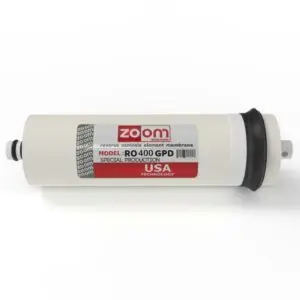
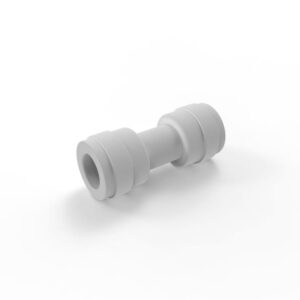

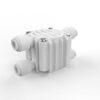
Reviews
There are no reviews yet.